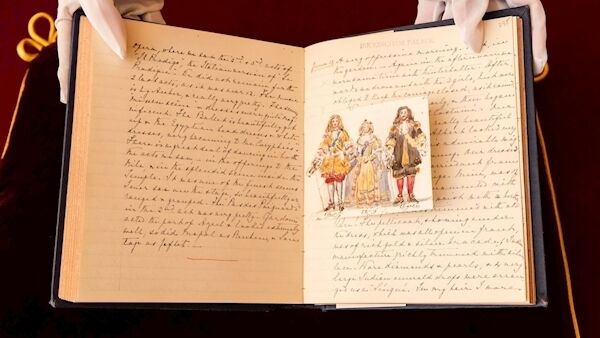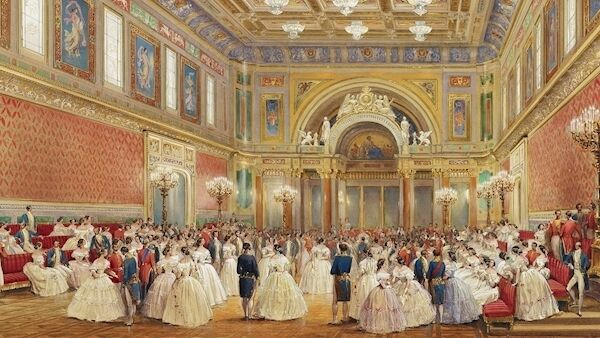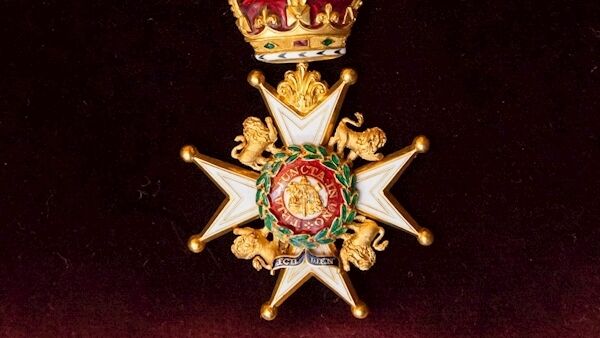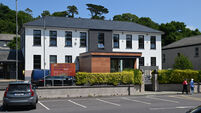Lifting the lid on the real Queen Victoria this summer

To mark the 200th anniversary of Queen Victoria’s birth, a new exhibition charts the story of the feminist monarch. meets the curator at Buckingham Palace.
If you’re in London this summer and fancy an immersive trip through British royal history, pop into Buckingham Palace, where a special exhibition will mark the 200th anniversary of Queen Victoria’s birth.
As the first reigning monarch to live there, her influence on the palace helped make it the iconic tourist attraction it is today; prior to this, it had been an unremarkable royal residence known simply as Buckingham House.
The exhibition, Queen Victoria’s Palace, tells the story of how the teenage royal moved into the residence, which had been converted to a palace in the 1820s by the architect John Nash, under instruction from her father George IV; the place was further transformed by Victoria, who had it enlarged with a new wing added, including the famous balcony.
As well as a being family home, the new queen transformed Buckingham Palace, the most well known royal court in Europe, a cultural hub showcasing the greatest artists and musicians of the day.
On display this summer are various items from her reign — costumes, ball gowns, a throne, and a banquet setting brought to life via the use of Victorian illusion technique. But who was she really?
When we think of Queen Victoria, that famously dour image of an unsmiling middle aged woman in a black dress pops up in our collective imagination.
We are not amused. We regard Victorian values — repression, hypocrisy, sentimentality — with a shudder; to call someone Victorian in their outlook is not a compliment. Yet when Victoria became queen in June 1837, she was young, 18, and lively; she loved dancing, painting, writing.

Three weeks after ascending the throne, she moved into Buckingham Palace, which had been empty for the previous seven years, its renovations incomplete; as a princess, she had grown up in Kensington Palace, under the suffocating supervision of her widowed mother and governess, who controlled her every move, and educated her in seclusion using a draconian curriculum known as the Kensington Method.
Moving to Buckingham Palace was something of an escape for the young woman. Three years later she married her first cousin Prince Albert. She adored him. Historian Dr Amanda Foreman, co-curator of the exhibition, describes how the carefree, spirited young woman who entered Buckingham Palace became the we-are-not-amused matriarch of popular imagination.
There were several reasons — physical and emotional, all wrapped up in the repressive attitudes of the day. Basically, Victoria had nine children in 17 years, eight of whom were born at Buckingham Palace. For almost two decades, she was either pregnant or post-partum, as well as doing her royal day job.
“The pressure of this robbed her of her self confidence,” says Dr Foreman. “You can see in her diaries how she came to rely on Albert, who had quite-old fashioned opinions about what women could and couldn’t do.
"While he believed in women’s education, he was not modern in his thinking — he was not John Stuart Mill.” [Mill, one of the 19th century’s foremost thinkers, wrote the famously feminist essay, The Subjection of Women.]

So while Victoria and Albert loved each other deeply, the non-stop baby production took a toll on her energy, psychologically as well as wearing out her body.
“She was physically and emotionally tired,” says Dr Foreman. “This made her more and more reliant on Albert, who in turn took more control — he was not gaslighting her, but she was heavily dependent on him.” However, 21 years into their marriage, Albert died of typhoid fever at 42, devastating Victoria and plunging her into a long period of mourning.
“When he died, she felt that she couldn’t carry on without him,” says Dr Foreman. “Her youngest child, Beatrice, was still only about five, and she was intensely embroiled in her domestic setting.” Her loneliness, recorded in her diary, was palpable: “After Albert’s death, she said how there was ‘nobody to call me Victoria now’ — she was either Mamma, or Your Majesty.”
As well as losing her beloved consort, Queen Victoria was dealing with a medical condition for which she received no treatment, because nobody — not even her own doctors — knew she was suffering. This was because it was, in true Victorian style, unmentionable.

“After the birth of Beatrice, Victoria suffered a prolapsed uterus,” explains Dr Foreman. “Nobody knew about this until after her death 40 years later – she was never examined by a doctor. Her condition would have been very difficult to live with, yet she was expected to carry on as normal while in physical pain. She became fat because exercise would have been too painful — she loved to dance, but after having her last child, she couldn’t.
“In the 10 years after being widowed, she basically had a prolonged nervous breakdown. Today she would have received bereavement counselling, perhaps anti-depressants.” Instead, Victoria carried on, making some changes to palace activities that required her to be less physically active, so that instead of the famous balls, she instigated the Royal Garden Party, which still happen today (the Queen invites about 30,000 people per year for tea and cake in the gardens of Buckingham Palace).
“Before his death in 1861, Buckingham Palace had been the most glittering court in Europe, culturally fabulous with the best artists, best musicians in its ballroom,” says Dr Foreman.
But when Albert died, Victoria couldn’t bear to be in the palace and left it for 18 months — that part of her died with him, as she lost her confidence.
“She figured out a new way of being as a widow, however, swapping the grand balls for garden parties in the palace grounds. These were much more democratic, and were seen as a way of bringing the nation together. She was immobile, but could stand on the balcony — this was Victoria’s innovation, and her grandson George V and his wife Queen Mary were the first to wave from the
famous balcony which we now associate so strongly with the royal family.” In the greater context of Victorian society, what seems contradictory is Victoria and Albert’s passionate baby-making and clear adoration for each other, and the reputation Victorians had for prudishness. Like covering the legs of their furniture with frills, rather than the ‘legs’ being on display. “An urban myth,” says Dr Foreman.
“The frou frou chair ankle coverings were not about preventing dirty thoughts. The reason is the Victorians were incredibly materialistic — they just loved stuff, a bit like the 1980s. There was lots of money coming in because of the rise of industrialisation and the empire. Everyone wanted more and more material.”
Literally. Hence the covering of chair legs. Dr Foreman says the stark severe style of Bauhaus following the Edwardian period was a reaction to the frilly excesses which dominated the Victorian era.
“There’s so much misogyny out there,” Dr Foreman reminds us. “That we forget what it was like for Victoria as a woman.”










